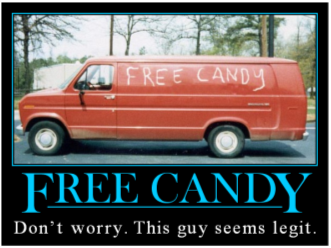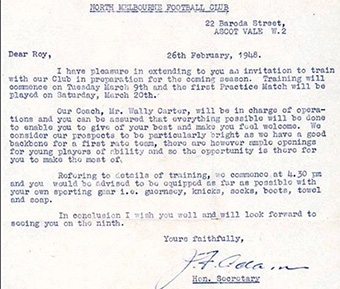- Jun 13, 2014
- 5,270
- 12,395
- AFL Club
- St Kilda
So 8 posters pick 22 players each in ''draft order''. Each poster has to choose a team that could take the field. I like it.
Did you organise it all somehow e.g. via pms, or are the 8 selectors mates of yours?
TN25 just made a sign up thread and got interest from the first 8 people and generated a random order for the selections which would go in snake order to keep things fair, so team 1, 2, 3, 4, 5, 6, 7, 8, 8, 7, 6, 5 etc so yeah.





